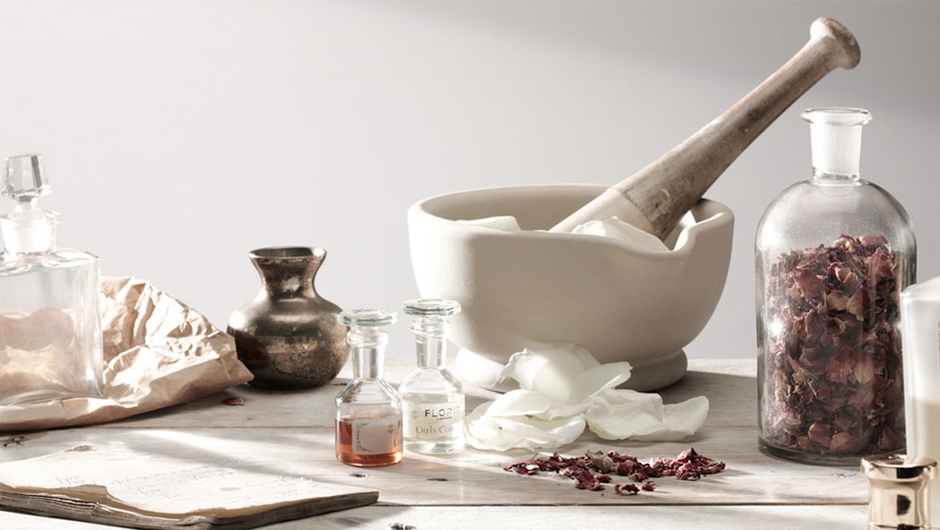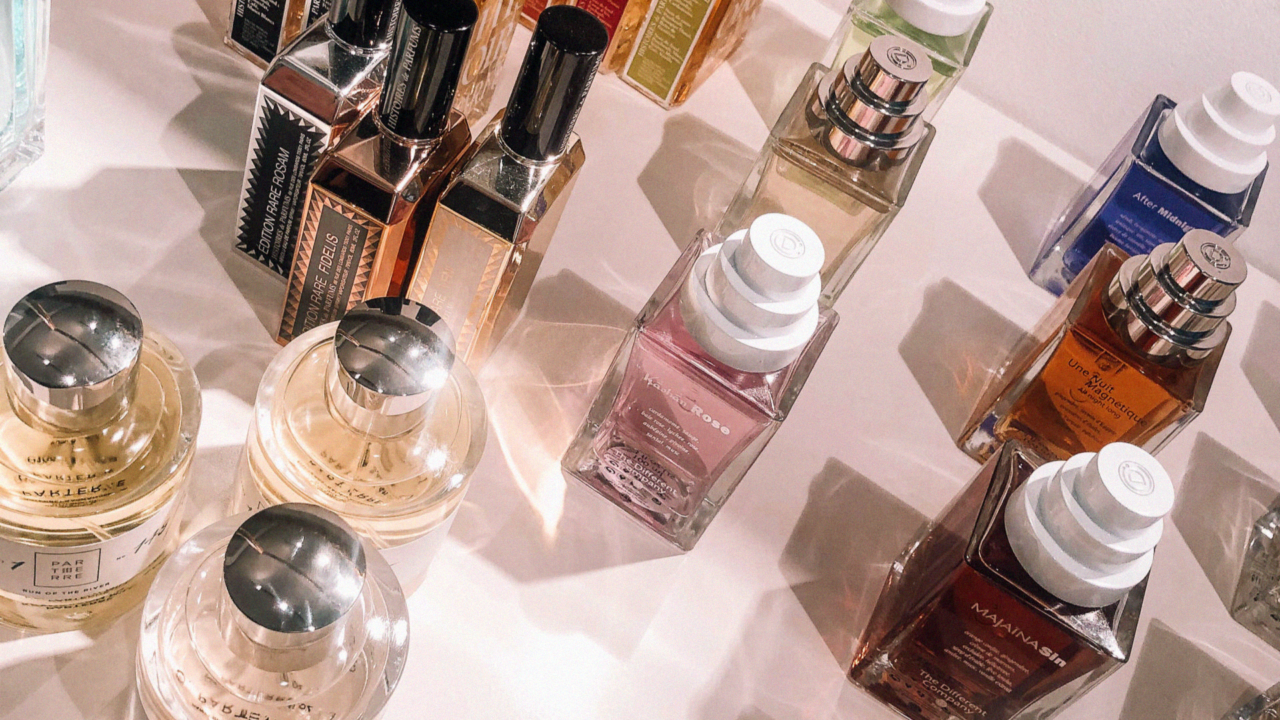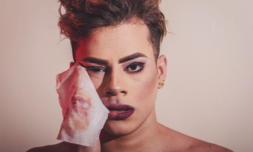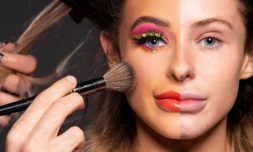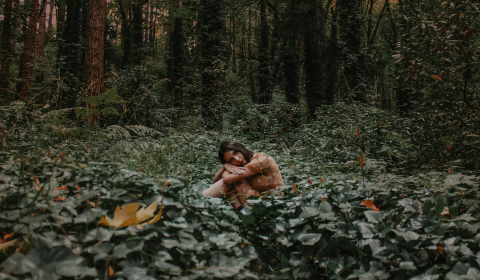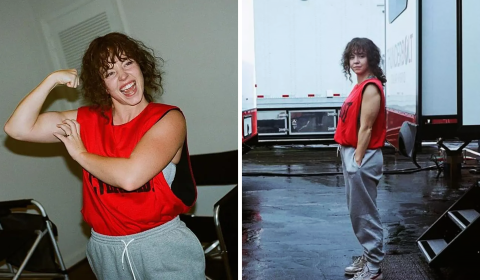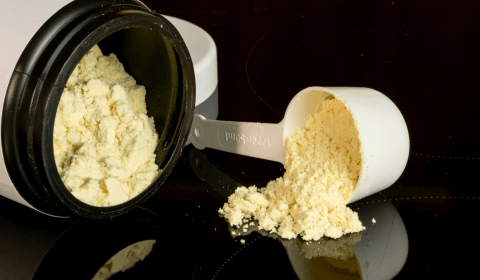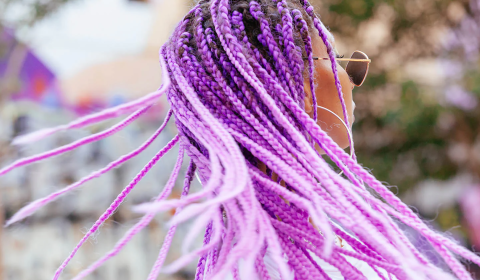They’d would do well to do so, too.
According to surveys, 1 in 5 American Gen-Z’ers identify as part of the LGBTQ+ community, and the resounding message across the internet is that the future is gender fluid.
And while a majority of discourse on gender justifiably focuses on individual rights and social issues – such as the debate surrounding unisex bathrooms – fashion and beauty sectors are playing a substantial role in bringing the subject to centre stage.
It’s true that non-gendered perfumes aren’t totally new, with the first fragrance widely marketed as ‘unisex’ by Calvin Klein with CK One back in 1994.
Sure, a cameo from Kate Moss in its campaign didn’t hurt, but it’s safe to assume consumer appetites for blended perfumes existed then too, with CK One raking in $5 million in its first 10 days of sale.
Despite this, perfume makers were slow to latch onto gender-neutral formulas until recently. Statista reported that in 2018, fragrances marketed as ‘unisex’ made up 51 percent of the market compared to mere 17 percent in 2010.
Presumably, breaking this mould is one that needed some time, as even everyday essentials bolstered with scents continue to adhere to traditional concepts of gender.
Deodorants ‘for women’ suggest we smell like a fruit or flower (why are our armpits expected to smell like apples and white tea?) while men’s deodorants target conventionally masculine ideals of sportiness, primal instincts, and extreme strength, with scents like ‘ENERGISED’,’ COOL OCEAN’ and ‘APOLLO’… whatever that means.
In the last few years though, we’ve witnessed the world’s most renowned perfume brands bottling up fragrances that tap into scent palettes shaped by a changing, non-binary society.
To achieve this, ateliers are layering notes typically found isolated in perfume ‘made for men’ such as tobacco, musk, and amber, between those included in ‘fragrances for her’ like florals, lavender, citrus.
Comme Des Garçons, Dior, Maison Margiela, Le Labo, Dyptique, and Byredo are just a few reputable names in the perfume world that have added ‘a fragrance for everyone’ to their arsenal of bestsellers.
At the same time, brands like Boy Smells and Off-White’s Paperwork have proven there’s still room for others to rocket their way to cult favourite status by releasing non-gendered products from the start.
In the age of expression, where people of all ages seek out products that make them feel like the best, most authentic version of themselves – and convey that message to others – it’s great to see the beauty industry expanding its ranges to suit anyone and everyone.
Because the last thing we want is to feel bottled up, eh?
